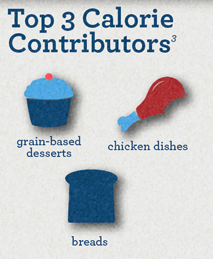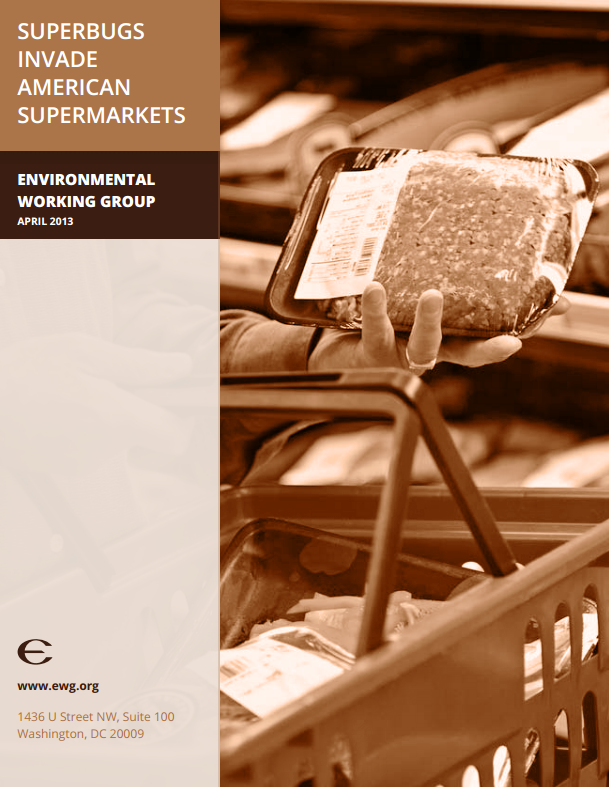Five years ago today, The Pew Commission on Industrial Farm Animal Production released its report: Putting Meat on the Table: Industrial Farm Animal Production in America.

I was a member of the commission, put together by Pew Charitable Trusts in partnership with the Johns Hopkins School of Public Health, and chaired by John Carlin, a former governor of Kansas.
The commission met for two years to investigate the effects of the current system of intensive animal production on public health, the environment, the communities housing confined animal feeding operations (CAFOs), and on the welfare of farm animals.
As a member, I had the opportunity to visit huge dairy farms, feedlots, pig farms, and facilities housing 1.2 million chickens. This was, to say the least, quite an education.
The big issues? Overuse of antibiotics and the shocking environmental impact of vast amounts of animal waste.
The big surprise? Plenty of adequate laws exist to protect the environment and communities; they just aren’t being enforced.
A New York Times editorial noted that farm policies have turned “animal husbandry…into animal abuse,” and need rethinking and revision.
Indeed they did and do.
As with all such reports, this one made too many recommendations but the most important ones had to do with the inappropriate use of antibiotics in farm animal production:
Restrict the use of antimicrobials in food animal production to reduce the risk of antimicrobial resistance to medically important antibiotics.
Another key recommendation:
Fully enforce current federal and state environmental exposure regulations and legislation, and increase monitoring of the possible public health effects of IFAP [industrial farm animal production] on people who live and work in or near these operations.
And my sentimental favorite:
Create a Food Safety Administration that combines the food inspection and safety responsibilities of the federal government, USDA, FDA, EPA, and other federal agencies into one agency to improve the safety of the US food supply.
What good do reports like this do?
The report established a strong research basis for the need for policies to clean up industrial farm animal production and better protect the health and welfare of everyone and everything involved: workers, communities, the environment, and the animals themselves.
This is a good time to take another look at the report and consider how its basic—and absolutely necessary—recommendations can be put in place, and the sooner the better.










